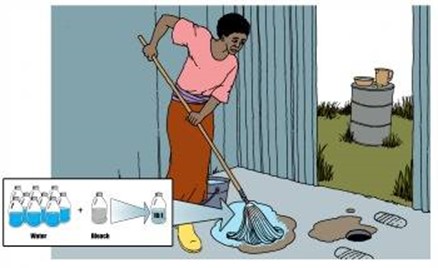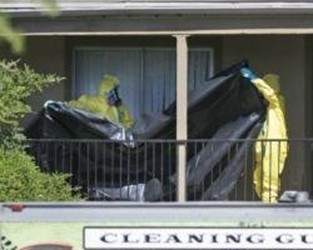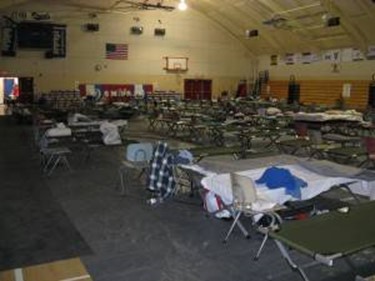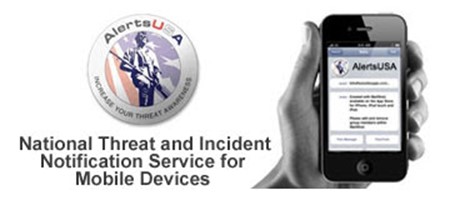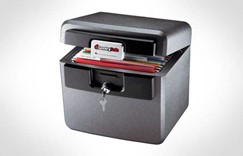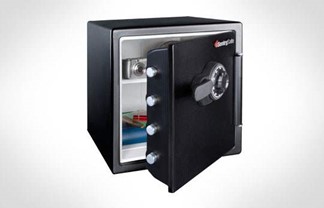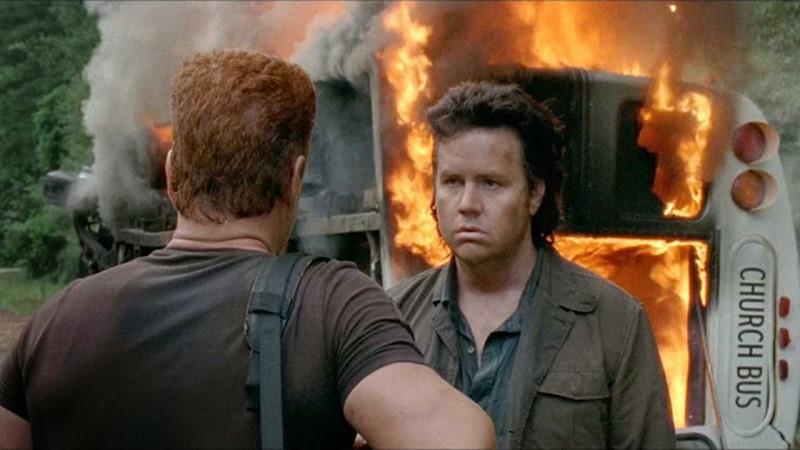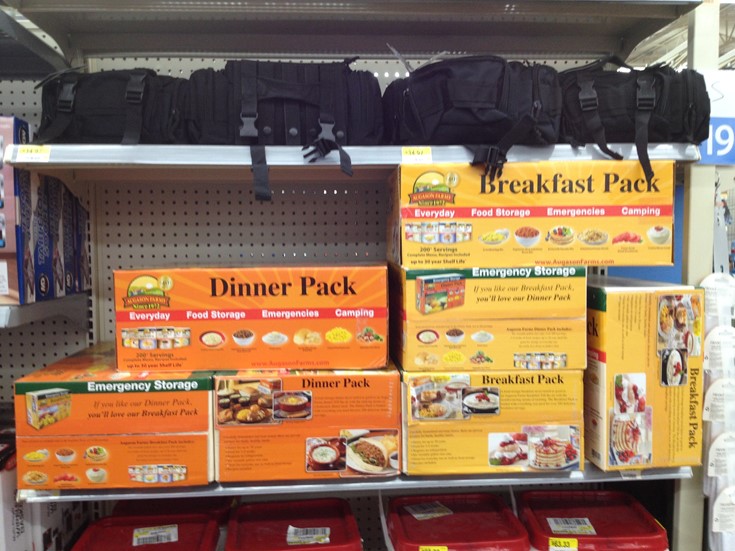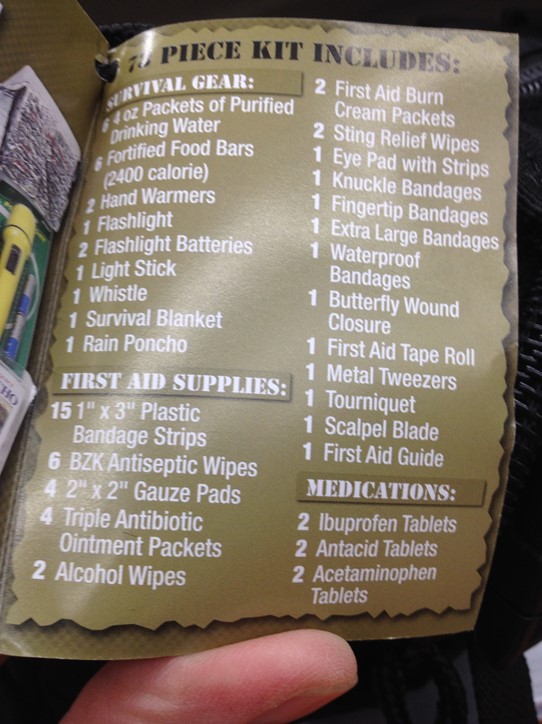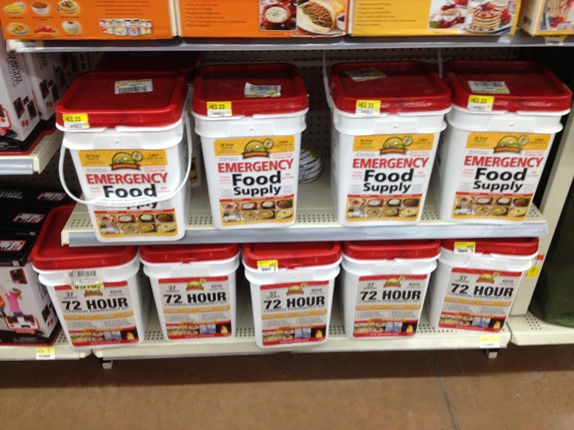I’ve been seeing rumblings about the Bird Flu strains circulating in China right now. Apparently there are a couple of very fatal ones. Nothing new here folks, nothing to worry about, says the main stream media. I’m sure there are people out there prepping for it though. So let’s talk about what you’d need to maintain a quarantine if the situation ever called for it. Food and water obviously.
Detention of humans or animals suspected to have communicable disease until they are proved free of infection. The term is often used interchangeably with isolation (separation of a known infected individual from healthy ones until the danger of transmission passes). It derives from the 40-day isolation period instituted in an attempt to prevent spread of plague in the Middle Ages.
So if you want to go all Medieval on it, you would need 40 days of food and water. 40 days of milk and fruit and bread. That’s a tall order. But start small, get a week’s worth of food and water built up, then get another week’s worth. Keep at it and you’ll get to the 40 day mark.
LOTS of water. HOT water. It doesn’t really matter which plague or bug it is that you find yourself fighting. Hot water is usually the answer. Although it wouldn’t hurt to have bleach in your artillery too. I know, it’s heavy and expires too quickly to store well. I’m just saying, if you can arrange to have it, do so. Hot water though is your bare minimum to put up any sort of effective defense. Boil anything you’re drinking or cooking with. Bonus points if you boil your food too, this is not the time for salads and sushi.
Buckets and bags – this is more a practical matter than a super-secret prepper trick. Ideally you want a bucket for each person. Something to catch various body fluids in. Something that cleans out easily. Bags are nice for containing linens and towels that are fouled. Trash bags or large shopping bags are what you need here.
Disinfectant – Alcohols work well as both a disinfectant and an antiseptic. Alcohols are most effective when combined with purified water. A mixture of 70% ethanol or isopropanol diluted in water is effective against a wide spectrum of bacteria. Bleach I’ve already mentioned, hydrogen peroxide is another one I like to have on hand. My husband was raised with Iodine solutions.
You will need to determine if you’ll need physical deterrents to ensure your quarantine. A gate? A door barricade? Some sort of weapon? Perhaps you have space working in your favor. Will you alert family and friends or just go black? Lots to think about.
So let’s start thinking with at least this:
-
Instead of liquid bleach maybe have a 5 gallon bucket of large bleach tablets. They are the kind that are used for swimming pools and you can dilute them to the strength you need. They store well if you keep them dry and last forever. Another option came from local Menard’s sell bleach tablets that should last for years, only needing water to turn them into usable bleach. They sell them for $2.89 a bottle. I bought 15 of them and put away 14 of them. I’m using the 1 bottle to see how they work and so they seem to work just like liquid bleach in my laundry. Once I’m sure they work well I will vacuum seal them in a big canning jar and probably buy more of them.
-
And just to make the world nicer…one of those toilet seats that fits on top of a standard 5 gal bucket.
-
A bag of lime for the smell of buckets maybe?
-
I have some large tents and a camper for isolating people and ways to heat them. If it was bad enough I would go “black”. Close the gate, put up a sign, and keep things dark and quiet. For boiling water out and about, everyone needs to have some bricks around to build some rocket stoves. They are very efficient and reduce smoke to next to nothing after a few minutes. Your best weapon might be the illusion that everyone is infected at your homestead.
-
Don’t forget face masks and rubbers gloves.
Also check out:
11 Things You Must Have On Hand In Case Ebola Hits The Fan
15 Preparedness Uses for Kiddie Pools
Start now to make sure you are staying prepared.
Via : shtfblog
 Follow
Follow